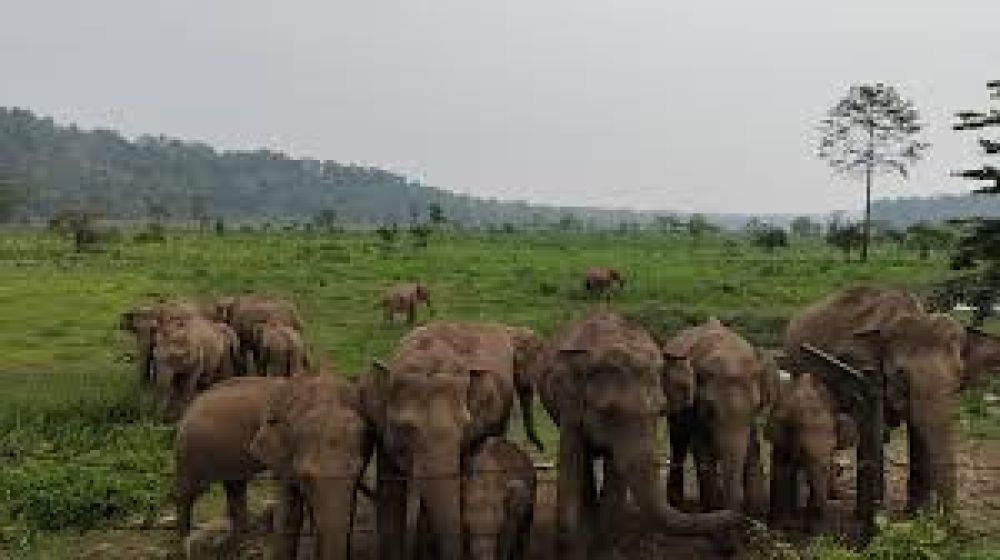

Bhutan, known for its pristine environment and strong commitment to conservation, is home to several protected areas, among which is the Phibsoo Wildlife Sanctuary. Located in the south-central part of Bhutan, the sanctuary is in the districts of Sarpang, Dagana, and Trongsa. It spans an area of approximately 268.93 square kilometers.
Tourism in Bhutan was officially commenced in 1974, with the coronation of the fourth king, His Majesty Jigme Singye Wangchuck. This event marked the starting point for organized tourism in the nation. However, tourism in the remote areas like Phibsoo Wildlife Sanctuary developed much later, benefiting from Bhutan’s overall approach to conserving its natural and cultural heritage.
The Phibsoo Wildlife Sanctuary was established in 1974, around the same time when Bhutan first enticed international tourists. Yet for many years, Bhutan's tourism remained focused on its cultural heritage and natural landscapes in more accessible areas. Gradually, under the overarching policy of 'High Value, Low Volume' tourism, the sanctuary started attracting the interest of nature enthusiasts and conservation-focused tourism.
In recent years, Bhutan has recognized the untapped potential of eco-tourism and sustainably managed spaces like Phibsoo Wildlife Sanctuary. With the sanctuary being one of the only two places in Bhutan where natural Sal (Shorea robusta) forests can be found, it has garnered attention from nature lovers and researchers alike.
Eco-tourism has been burgeoning in Phibsoo Wildlife Sanctuary, with visitors increasingly getting charmed by the idea of experiencing Bhutan’s untouched wilderness and diverse wildlife, especially the endangered Royal Bengal tiger and asiatic elephants. Tourism here aligns with the national policy of sustainability and conservation, offering guided treks, wildlife watching, and birding as part of the experience.
Community-Based Tourism (CBT) is also gaining momentum. It encourages visitor engagement with local communities, facilitating cultural exchanges and a share of tourism revenue that supports local development. Travelers have the opportunity to stay in homestays and participate in day-to-day village life.
Wildlife Photography Tours are becoming particularly popular, as they target a niche of wildlife enthusiasts and photographers on the lookout for rare species and captivating landscapes. These tours are conducted with professional guides.
Conservation Education is another aspect where Phibsoo Wildlife Sanctuary is focusing. Tourists are offered educational sessions regarding the sanctuary’s biodiversity and the importance of conservation, creating an informative experience alongside the adventure.
Despite the increased interest, Phibsoo Wildlife Sanctuary continues to retain its exclusive and untouched character, mainly because Bhutan limits tourist numbers to preserve its natural and cultural integrity. This careful balance ensures that the sanctuary will remain a unique and exotic destination for future generations while contributing positively to the community and the environment.